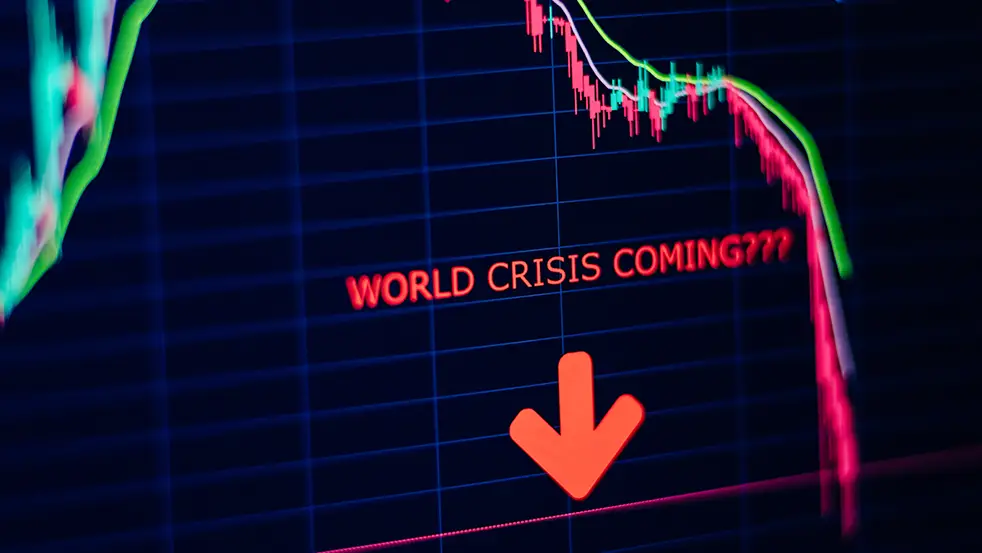
On April 2, 2025, the so called ‘Liberation Day’, Donald Trump announced sweeping tariffs on almost all imports coming into the United States. A base tariff of 10% on goods from every country went into effect immediately, with additional tariffs on many other nations set to start on April 9. For example, China was hit with an initial tariff of 54%. Then, on April 9, Trump pulled back tariffs on 75 countries while, in a tit-for-tat move, hiking tariffs on China up to 125%. According to his administration, these “reciprocal tariffs” are meant to revive U.S. manufacturing and “stop countries from taking advantage of America.” Critics have slammed this move, and some analysts are warning that the risk of a recession is growing. The immediate result was a broad sell-off in stock markets and cryptocurrencies around the globe. So, where are we really headed, and what might happen next?
Just like during the 2020 pandemic when markets went wild, instead of joining in on the panic selling or buying, I took a step back, kept an eye on things for a few days, read up on as many perspectives as I could, and then made my next move. Even though there’s still a lot of uncertainty ahead and no one has a crystal ball, I’ve come up with a rough theory that I’m willing to bet on.
These import tariffs come with a few upsides for both Donald Trump and the United States. For one, they’re expected to bring in extra cash for the U.S. government almost immediately, which might help cover the cost of cutting income taxes for America’s ultra-wealthy—just as Trump promised. Tariffs could also pressure U.S. trade partners into either buying more American goods or even moving their manufacturing here. On the flip side, in the short term, many of these extra costs are likely to be passed directly or indirectly onto American consumers. And with so many unknowns—including the timing, potential negotiations, exemptions for some countries, and the risk of the situation escalating into a full-blown trade war—businesses are likely to hit pause. That could slow down economic activity, push up unemployment, and even steer us into a recession. But hey, what if that’s all part of a bigger plan?
Right now, the U.S. policy rate is still more than twice the Federal Reserve’s target of 2%, and Trump hasn’t been too happy about that. The U.S. Bureau of Economic Analysis has reported that the government shell out over a trillion dollars in interest on its national debt just in Q4 2024. And it’s clear that with Trump, it’s not all about helping hardworking Americans—there’s a personal angle too. As a wealthy real estate mogul who knows the value of leverage, Trump has plenty of reasons to push Fed Chair Jay Powell toward cutting rates faster.
At first glance, Trump’s actions and words might seem all over the place, making you wonder if there’s any real plan behind it all. But if my theory holds up, then the tumbling stock markets and the looming recession might just be calculated moves. As Trump recently said, “sometimes you have to take medicine.” So if you’re thinking he’ll stop before things get really painful for American taxpayers or avoid a recession altogether, you might want to think again. Timing the market is always a challenge, but I usually keep an eye on two main trends: how quickly Powell starts using his monetary tools to counter the situation, and how these tariff battles affect different sectors and countries—since the impact won’t be the same everywhere.

No matter what happens, my advice for any investor is to stay calm, avoid panicking, and keep monitoring the situation closely. In chaotic times like these, opportunities can pop up—but only for those who have the discipline to control their emotions.
